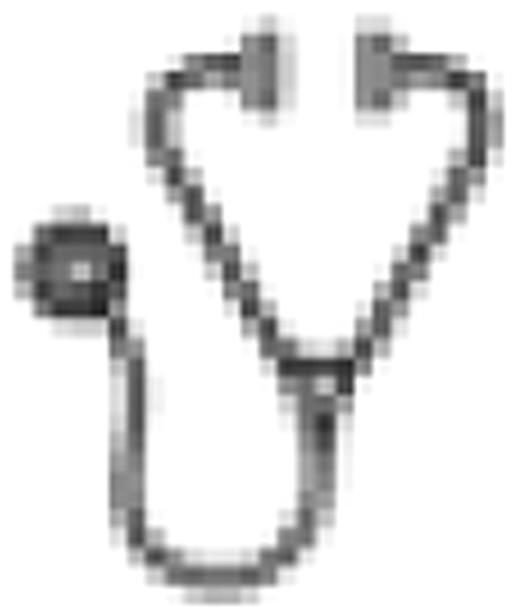Abstract
Abstract 1005
The Congenital Dyserythropoietic Anemia type II (CDA II) is an autosomal recessive disorder characterized by an impaired differentiation-proliferation pathway of the erythroid lineage. The vast majority of CDA II cases are associated with mutations in the SEC23B gene, codifying a component of the cytoplasmic coat protein II complex, involved in the anterograde transport of correctly folded protein from the endoplasmic reticulum towards the Golgi (Fromme JC et al, Trends Cell Biol 2008). To date, 86 unrelated cases from CDA II International Registry and 53 different causative mutations have been described (Schwarz K et al, Nat Gen 2009; Bianchi P et al, Hum Mut 2009; Iolascon A et al, Haematologica 2010; Fermo E et al, Blood Cells Mol Dis 2010; Russo R et al, in submission [humu-2010-0373]). This set of patients is composed of 45 cases of Italian origin, and 39 without Italian origin (WIO). Two cases are of unknown origin. Our aim is to characterize the allelic distribution of SEC23B gene mutations in Italian country, in order to define a possible founder effect for the most frequent variants. In this study we included 17 Italian and 6 WIO patients still unpublished, with an overall count of 62 Italian and 45 WIO patients, respectively. Written consent was obtained from all patients in accordance with the Declaration of Helsinki. Genomic DNA preparation, mutational search, oligonucleotide primers design and direct sequencing were performed as previously described (Iolascon A et al, Haematologica 2010). Overall we found 30 different causative mutations in Italian patients (13 missense, 8 nonsense, 4 frameshift, 4 splice site mutations and one amino acid deletion) and 32 in WIO patients (19 missense, 8 nonsense, 3 frameshift and 2 splice site mutations). The most representative variants in Italian cohort are E109K and R14W substitutions (27.2%), confirming our previous data (Iolascon A et al, Haematologica 2010). When we analyzed the allelic frequency of 10 mutations (E109K, R14W, R701C, R497C, R217X, R79X, A524V, R264X, R339X, R535X) common to both cohort, we found that R14W variant showed an higher recurrence in Italian CDA II patients when compared to WIO patients (27.2% vs 10.7%). Moreover, E109K substitution showed almost the same allelic frequency between both groups, with only a little prevalence in Italian cohort (27.2% in Italian patients vs 25.0% in those WIO). This observation lead us to investigate whether their frequencies are due to a possible mutational hot spot (i.e. arisen independently) or, perhaps, to a possible founder effect for both mutations, E109K and R14W. So, we performed an haplotype analysis in a case-control study. Here, we focused our attention on E109K mutation. Using the genotype data of CEU population from HapMap Project web site (http://hapmap.ncbi.nlm.nih.gov/) we downloaded a list of 9370 single nucleotide polymorphisms (SNPs) within a region of 1685 kb upstream, 2656 kb downstream of the SEC23B gene and throughout the gene. From this list, we selected 12 tag-SNPs covering a region of about 1.2 Mb upstream and downstream of the E109K mutation. Tag-SNPs were identified using Haploview software (Barrett JC et al, Bioinformatics 2005), with a threshold of r2 > 0.8 and with a minor allele frequency > 0.35. From 27% of patients with E109K mutation, genotyping was performed by direct sequencing on 16 unrelated patients, 14 homozygotes and 2 heterozygotes for E109K variant. As healthy controls we downloaded genotypes information of 174 unrelated Caucasian subjects (CEU population) available from HapMart. Haplotype analysis, performed using Haploview software, showed that the haplotype CATAGT (composed of 6 SNPs spanning in a 28.8 kb region upstream and downstream of the mutation) is common to the majority of E109K-patients (96.9%); instead, the same haplotype was found only in a smaller percentage (3%) in healthy controls. Additional genetics analyses are ongoing to estimate the age of E109K mutation using a (i) marker by marker approach or (ii) an intra-allelic model to assess the linkage disequilibrium across the marker set, implemented in DMLE+2.2 software. Since the R14W mutation showed an allelic frequency in Italy similar to those observed for E109K, we are testing if also R14W may occur on a common genetic background.
No relevant conflicts of interest to declare.

This icon denotes an abstract that is clinically relevant.
Author notes
Asterisk with author names denotes non-ASH members.

This feature is available to Subscribers Only
Sign In or Create an Account Close Modal